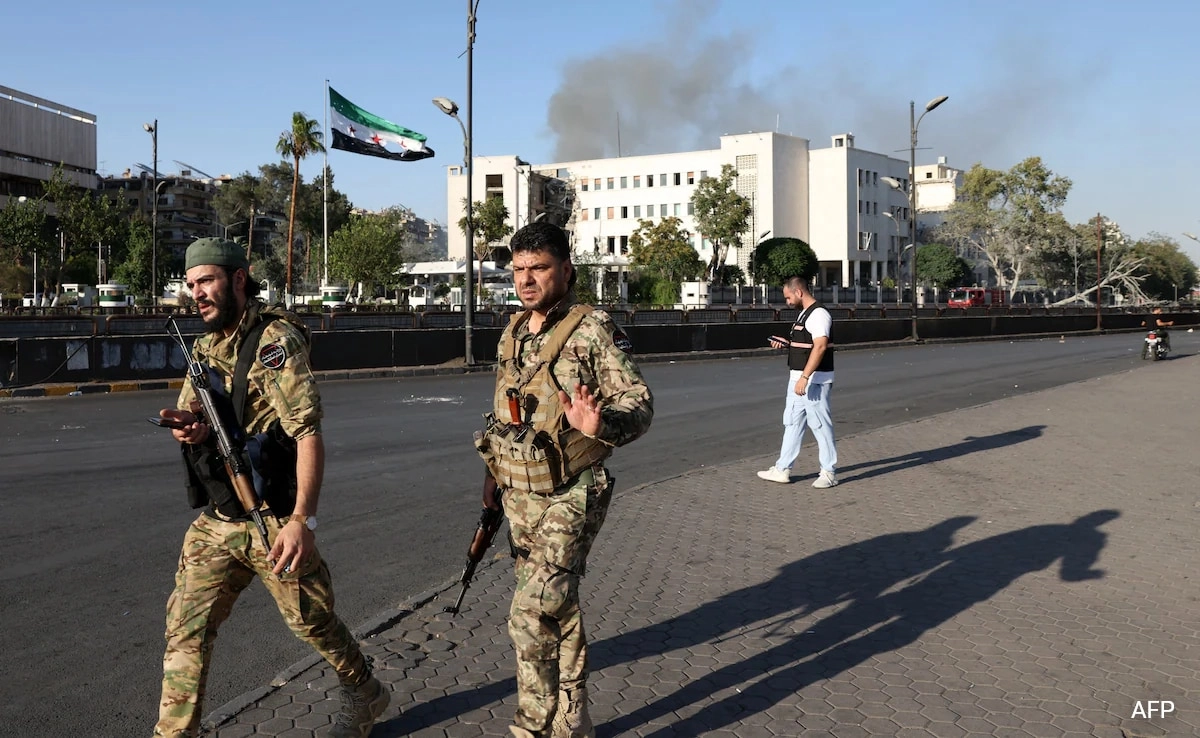In a dramatic turn of events, a five-storey house in Shimla collapsed on camera just a day after the evacuation of its residents due to heavy rainfall in the region. The incident, which was captured on film, underscores the significant risks posed by the relentless downpours that have been affecting various parts of India, particularly in hilly terrains like Shimla. Authorities had issued warnings about potential landslides and structural failures, leading to the preemptive evacuation of the building’s occupants. This timely action likely saved lives, as the structure gave way under the weight of accumulated water and weakened foundations.
Shimla, known for its picturesque landscapes and charming architecture, has been grappling with severe weather conditions, prompting concern among residents and local officials alike. The collapse of the house serves as a stark reminder of the dangers associated with heavy rainfall, especially in areas prone to erosion and landslides. The government and disaster management teams have been on high alert, urging locals to remain vigilant and report any structural concerns. As the rain continues to fall, the focus is on assessing the damage and ensuring the safety of other buildings in the vicinity.
The incident has also raised questions about urban planning and construction standards in hilly regions. Experts warn that inadequate drainage systems and poor construction practices can exacerbate the effects of heavy rainfall, leading to catastrophic outcomes. As Shimla and other affected areas work to recover from the immediate impacts of the rain, there is a pressing need for comprehensive strategies to enhance infrastructure resilience against such natural calamities. The community’s safety and well-being depend on robust planning and the implementation of effective measures to mitigate risks in the face of increasingly erratic weather patterns.




